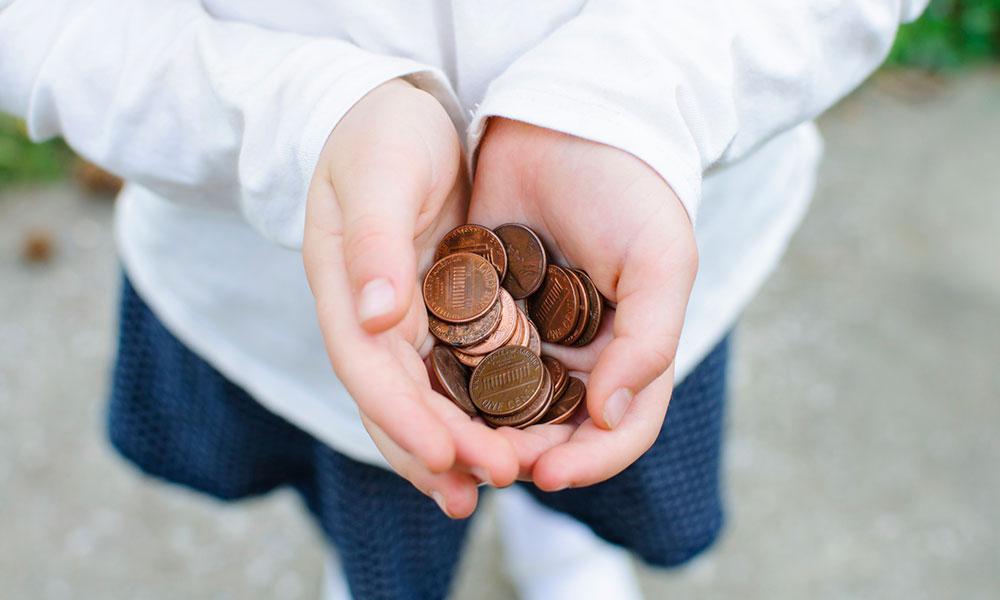
What Kids Can Teach Us About Charitable Giving
A new study by the United Nations Foundation found that 88 percent of children donate to charities. What does this mean for the current and future states of philanthropy?
Don’t discount the young when it comes to your fundraising efforts and strategy. A new study sponsored by the United Nations Foundation found that about seven out of eight children ages 8 to 19 give money to charitable organizations.
The research, which is the fourth in a series of reports conducted by the Women’s Philanthropy Institute at Indiana University Lilly Family School of Philanthropy, not only discovered the extent to which kids give, it also explored the ways in which children learn the importance of charitable giving. The findings could have important implications for association fundraisers.
“Understanding how children learn about charity has important implications for the future of giving in America,” Una Osili, Ph.D., director of research at the Indiana University Lilly Family School of Philanthropy, said in a statement. “Studies like this benefit parents, teachers, nonprofit leaders, and policy makers as they seek to engage the next generation in philanthropy.”
Understanding how children learn about charity has important implications for the future of giving in America.
To determine how charitable kids are, the study followed the same group of 903 children over two time frames—2002 to 2003 and 2007 to 2008—and asked them to report their giving in each period. What they found was that 55 percent of the kids, of both genders, gave in both years, while 33 percent gave in one year, and 12 percent gave in neither year.
The study also found that talking to children about giving to charity significantly affects their giving behavior. Role-modeling, on the other hand, had less of an effect on kids’ giving behavior.
“Parents’ giving to charity is not enough to teach children to be charitable,” the study stated. “Focused, intentional teaching by talking to children about charity is what works. This is true for children in families at all income levels and across gender, race, and age.”
Study authors noted that they did not examine the nature of the parents’ conversations with their kids, but they pointed to other research that suggests conversations should be intentional, specific, and focused on the emotional benefits of those who are being helped.
Could these findings affect the way association fundraisers engage and talk with donors?
In an ASAE newsletter article [login required], fundraising professional Jerry Panas, CEO of Jerold Panas, Linzy & Partners, touched on the idea of getting to the emotional root of giving and suggested making a personal connection with donors.
“Giving is a deeply personal experience,” Panas wrote. “When you ask someone to invest in your organization, you have to reach the person’s heart and soul.”
One way to make that connection is to ask the right questions of donors. Instead of telling them why they should donate to your organization, find out what they care about and what motivates them to give.
Ask questions such as:
- What are the factors that go into your decision about making a gift?
- Has there been a gift that’s disappointed you? In what way?
- What in your life has given you the greatest fulfillment?
- How would you like to be remembered? What would you like people to say about you and your life?
Another takeaway from the UN-sponsored study is the potential for children’s giving in the future. The study acknowledged that there is a lack of research examining how giving by kids changes as they become adults. But if the current pattern holds, when should organizations start preparing for how best to engage these potential donors? Let us know your thoughts in the comments.
(iStock/Thinkstock)





Comments